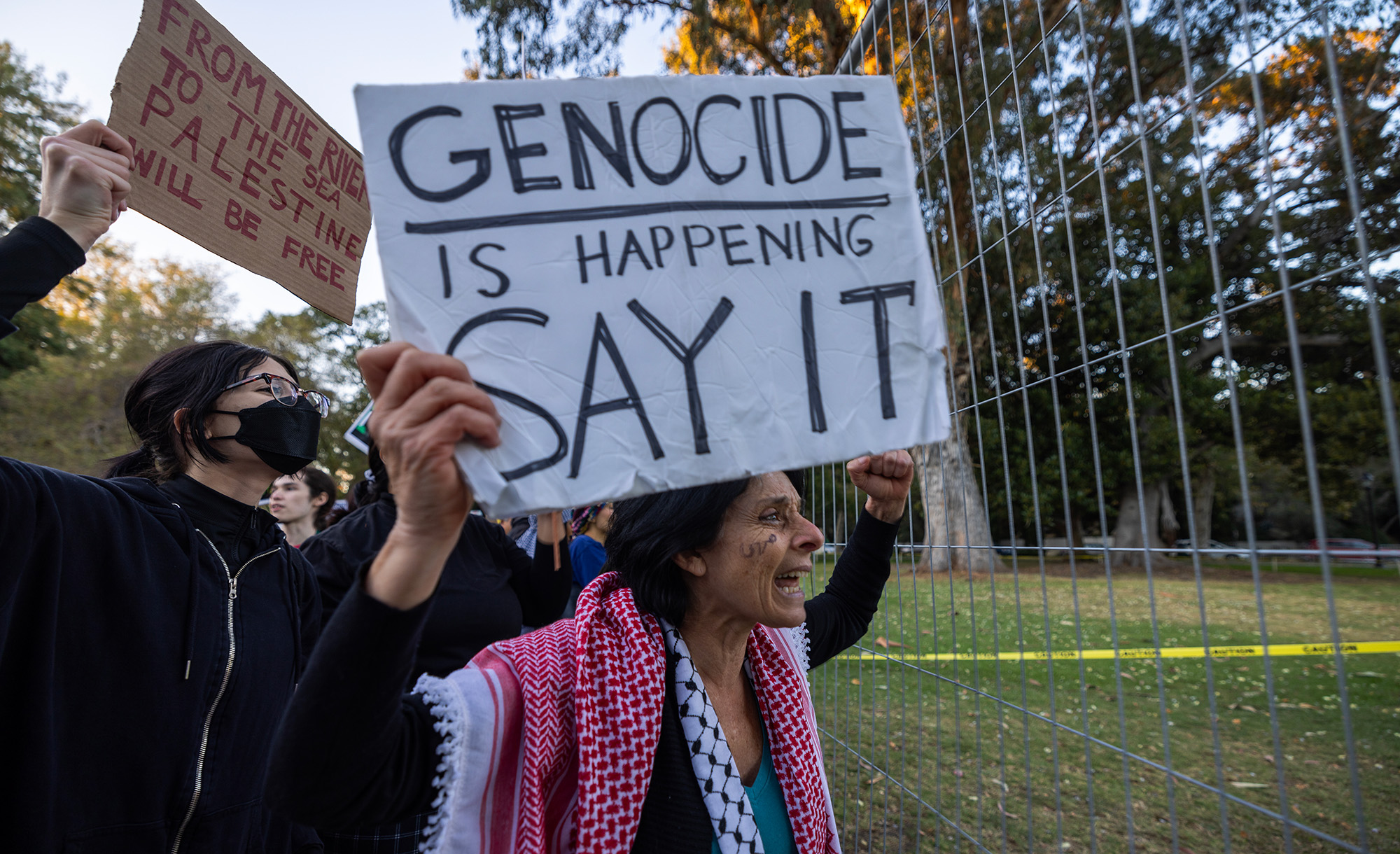Signatories of the Fourth Geneva Convention, which concerns the protection of civilians in a war zone, have gathered ostensibly to discuss and clarify some of its finer legal points. This will be the third such meeting since the Convention was adopted in 1949 and, like the others, its real purpose is to condemn Israel. Eugene Kontorovich, an expert on international law, has a few questions of his own:
Article 49(6)’s prohibition of “deportation and transfer” into occupied territory could certainly do with elucidation. (The “deport or transfer” ban is commonly referred to as “settlement building.”) Indeed, an examination of movement into occupied territory in Georgia, Ukraine, Azerbaijan, Western Sahara, and Cyprus would be both timely and instructive. Needless to say, this is not what the state parties will be discussing. They are, sadly, not interested in the Geneva Conventions, but only their possible use against Israel. But if the state parties were to want an interesting agenda, here are some questions they might ask.
The first relates to the [International Committee of the Red Cross’s] own definition of occupation . . . The state parties apparently regard Israel as occupying Gaza, to say nothing of all of the West Bank, despite the removal of Israeli troops from those areas and the existence of an independent Palestinian administration there. However, occupation in all other contexts requires the occupying power to displace and actually function as the governing authority, conditions that do not apply in Gaza and large parts of the West Bank.
More about: Geneva Convention, International Law, Israel, Red Cross, Ukraine, West Bank


